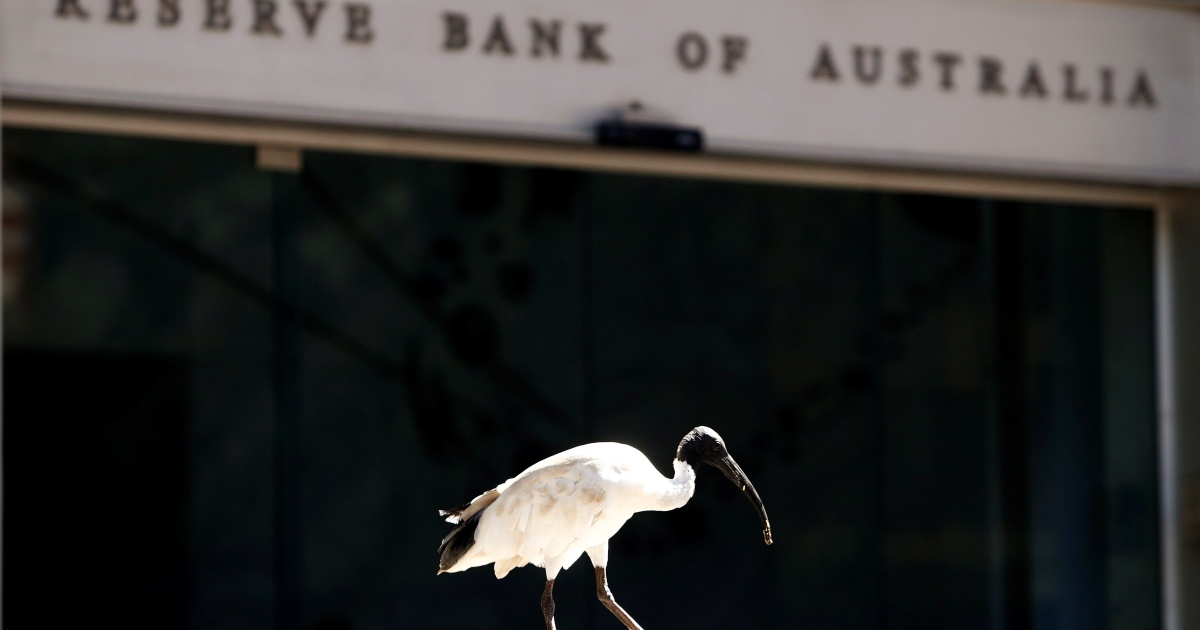[ad_1]
Reserve Bank of Australia’s move means millions of Australians face higher repayments on their home loans.
Australia’s central bank has raised interest rates for the first time in more than a decade, following the lead of a growing list of Asia-Pacific economies taking action to tame rising inflation.
The Reserve Bank of Australia (RBA) on Tuesday raised the benchmark interest rate to 0.35 percent, up from a record low of 0.1 percent.
The first rate hike since late 2010 comes after Australia’s consumer prices surged at the fastest pace in two decades during the first quarter on the back of surging petrol, home building and food costs.
The higher benchmark rate – which reflects the interest banks charge on loans to each other – means millions of Australians will face higher repayments on their home loans.
The average holder of a 500,000 Australian dollar ($355,000) mortgage could pay an extra 65 Australian dollars ($46) a month in repayments if banks pass on the higher interest rate in full, according to data from RateCity.
Mariano Kulish, an economics professor at the University of Sydney who formerly worked at the RBA, said the central bank’s decision marked a “big change” from its relatively relaxed stance on inflation just a few months previously.
“I think there are two big elements,” Kulish told Al Jazeera. “One is that monetary policy normalisation has already started in the United States. Advanced economies are concerned.”
“I think the last two readings of inflation… suggests they got a very big surprise and they are concerned with inflation becoming ingrained or more persistent here, so it justifies moving sooner rather than later,” he said.
Tim Harcourt, chief economist at the Institute for Public Policy and Governance (IPPG) at the University of Technology Sydney, said the central bank had little choice but to announce a moderate rate hike as inflation has been running well ahead of its 2-3 percent target.
“But this buys them space if the global economy slows throughout the year,” Harcourt told Al Jazeera.
Australia’s annual rate of inflation hit 5.1 percent in the January-March period, the highest since 2001.
While widely expected, the RBA’s decision could have a significant influence on the trajectory of Australia’s upcoming federal election on May 21.
Prime Minister Scott Morrison’s Liberal National Party has been trailing the centre-left Labor Party in the race, which is being fought on a number of issues, including the rising cost of living.
The RBA last raised interest rates in the middle of an election race in 2007, during John Howard’s unsuccessful bid to secure a fifth consecutive term in power.
Ahead of the RBA’s decision, Morrison said voters would understand that an increase in interest rates would be due to global events and not his government’s handling of the economy.
“The situation that Australia faces is a situation faced all around the world and I think Australians understand that,” Morrison told reporters.
Reserve Bank governor Philip Lowe said the combination of high inflation figures and evidence of improving wage growth called for the normalising of interest rates after years of being on emergency footing.
“The board is committed to doing what is necessary to ensure that inflation in Australia returns to target over time,” he said in a post-meeting statement.
Australia is the latest Asia-Pacific economy to raise interest rates in recent weeks, following South Korea, Singapore and New Zealand.
[ad_2]
Source link
